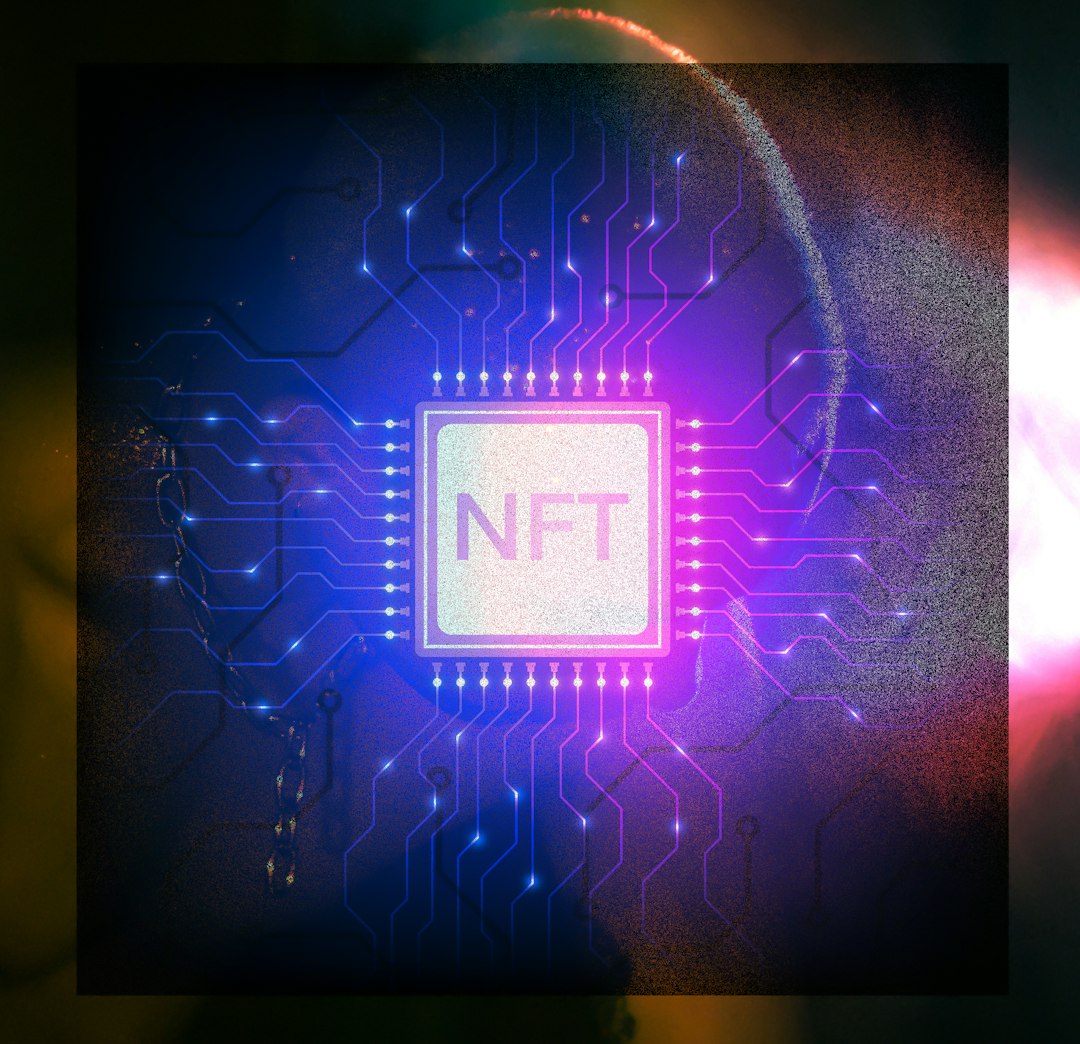
Pixelated Data Transmission Solutions for IoT Nano Server Applications
As the Internet of Things (IoT) continues to expand, the demand for efficient data transmission solutions has become a critical aspect of IoT applications. Among these innovative solutions, Pixelated Data Transmission is emerging as a powerful approach to enhance communication in IoT Nano Server applications. This article delves into the fundamentals of Pixelated Data Transmission, its applications, and its relevance in the rapidly evolving IoT landscape.
Understanding Pixelated Data Transmission
Pixelated Data Transmission is a technique that divides data into smaller, manageable packets or ‘pixels.’ These packets can be transmitted independently across networks, allowing for a more efficient use of bandwidth and reducing latency. This method is particularly suitable for IoT Nano Server applications, which often involve resource-constrained environments where low power consumption and efficient communication are paramount.
Key Features of Pixelated Data Transmission
-
Scalability: Pixelated Data Transmission can handle varying loads and sizes of data, making it adaptable for applications ranging from smart sensors to complex IoT ecosystems.
-
Reduced Latency: By breaking data into smaller packets, transmission times are decreased, which is crucial for real-time applications in IoT settings.
-
Fault Tolerance: If a packet fails to reach its destination, only that specific packet needs to be retransmitted, improving overall resilience in the communication process.
-
Energy Efficiency: The ability to send smaller packets helps conserve energy, which is vital for battery-powered IoT devices.
Applications in IoT Nano Server Environments
IoT Nano Servers are designed to facilitate the deployment of IoT solutions, enabling efficient data processing and communication. Pixelated Data Transmission can be applied in various scenarios:
Smart Agriculture
In smart agriculture, sensors collect data about soil moisture, temperature, and crop health. Using Pixelated Data Transmission, these sensors can communicate their findings back to a central server efficiently, ensuring farmers receive timely insights for decision-making.
Health Monitoring Systems
Wearable health devices are another area where Pixelated Data Transmission shines. These devices gather vital health metrics in real-time and transmit them to a Nano Server for processing. The quick and efficient transfer of this pixelated data allows for real-time health monitoring and alerts.
Industrial Automation
In manufacturing environments, IoT devices track machinery performance and environmental conditions. Implementing Pixelated Data Transmission enables these devices to relay information quickly, optimizing production processes and reducing downtime.
Current Developments and Trends
The advent of 5G technology has further propelled the adoption of Pixelated Data Transmission solutions. The high-speed, low-latency capabilities of 5G networks complement the benefits of pixelated communication, enabling more devices to connect and transmit data simultaneously. This synergy is paving the way for more sophisticated IoT applications, such as smart cities and autonomous vehicles.
Expert Opinions
According to Dr. Jane Smith, an expert in IoT communications, “Pixelated Data Transmission is not just a trend; it’s shaping the future of how devices interact. The efficiency it brings to data transmission is crucial for the next generation of IoT applications.”
Case Studies
Case Study 1: Smart City Implementation
A city implemented a smart traffic management system using Pixelated Data Transmission to handle data from thousands of sensors deployed throughout the city. The pixelated approach allowed the system to communicate real-time traffic conditions, reducing congestion and improving travel times.
Case Study 2: Remote Health Monitoring
In a remote village, health workers used wearable devices to monitor patients. With Pixelated Data Transmission, data from these devices was sent to a central server for analysis, enabling healthcare providers to respond quickly to any health issues detected.
Further Reading and Resources
For those interested in diving deeper into Pixelated Data Transmission and IoT applications, the following resources can be invaluable:
Exploring these articles will provide a broader understanding of how Pixelated Data Transmission integrates with IoT systems and the trends shaping the future.
Conclusion
Pixelated Data Transmission Solutions for IoT Nano Server Applications are transforming the way devices communicate, enhancing efficiency, scalability, and resilience. As IoT continues to expand, staying informed about these innovative technologies will be crucial for anyone involved in the development and implementation of IoT solutions.
By embracing these advancements, organizations can unlock new opportunities and drive innovation within their respective industries. Consider subscribing to our newsletter for more insights on technology trends and innovations, and feel free to share this article with peers interested in the future of IoT.


